Care
The Red Empress Hap has a lake-wide distribution and prefers shallow, sediment-free, rocky habitats with heavy biofilm cover. The aquarium should be at least 6ft long and aquascape with open expanses of sand in addition to a few rocky areas and some thickets of Vallisneria. Decor such as ocean rock can be used to build sturdy structures which stretch from the base of the tank to near the surface of the water. These structures should be built with the purpose of creating many crevices for the fish to explore but constructed in such a way so as to keep the rocks stable if the fish start to dig around and underneath them. Although a substrate of coral sand or Aragonite is often recommended to help to keep the water hard and alkaline, these fish feel safer and show better colours over a darker substrate. The Aragonite or coral sand can always be placed into a mesh bag and kept inside the external filter for buffering purposes. The Red Empress Hap is solitary in nature and can be kept singly in the aquarium, or one male with a harem of several females. Tankmates must be chosen with care as smaller fish will be eaten. Suitable companions could include other large rift lake species such as Dimidiochromis compressiceps, Fossorochromis rostratus, sizeable Haplochromis/Nimbochromis species, large Synodontis catfish etc. There are several geographical colour morphs available, such as Boadzulu Island, Chilumba Jetty, Chinyamwezi Island, Chizumulu Island, Karonga, Likoma Island (Tangerine Tiger), Magunga, Makanjila (Blue Fire), and Namalenje Island (Firecracker) as well as a tank bred ultra red strain known as Super Red Empress. Due to the fact that many of these forms attain different adult sizes, it is quite likely that some of them will be reclassified as distinct species in the future.
Feeding
In the wild, these fish harvest algae from the rocks, and also take small invertebrates and zooplankton when it is abundant. The aquarium diet should be primarily vegetarian. Foods that are too rich in animal protein could cause Malawi Bloat, which can be fatal. A good quality Spirulina-based green flake should be mixed with a standard quality flake food, and offered along with appropriately sized granular foods specifically developed for Malawi cichlids. An occasional treat of Mysis shrimp, Spirulina-enriched brine shrimp, and mosquito larvae can be given, but this should only be offered very occasionally. Vegetable matter such as cucumber, blanched spinach and romaine lettuce can be fed on a regular basis.
Breeding
Maternal mouthbrooder. When ready to spawn, the coloration of the male will intensify. He will choose and clean a spawning site, either a flat rock or a small depression dug in the substrate, then display to the female fish until one accepts him. The female will lay a line of eggs before moving away and allowing the male to fertilize them, before taking them into her mouth. This is repeated until the female is spent. The eggs may be incubated for up to 25 days until they hatch into free-swimming fry. The young are large enough to take baby brine shrimp (Artemia nauplii) as soon as they are released.
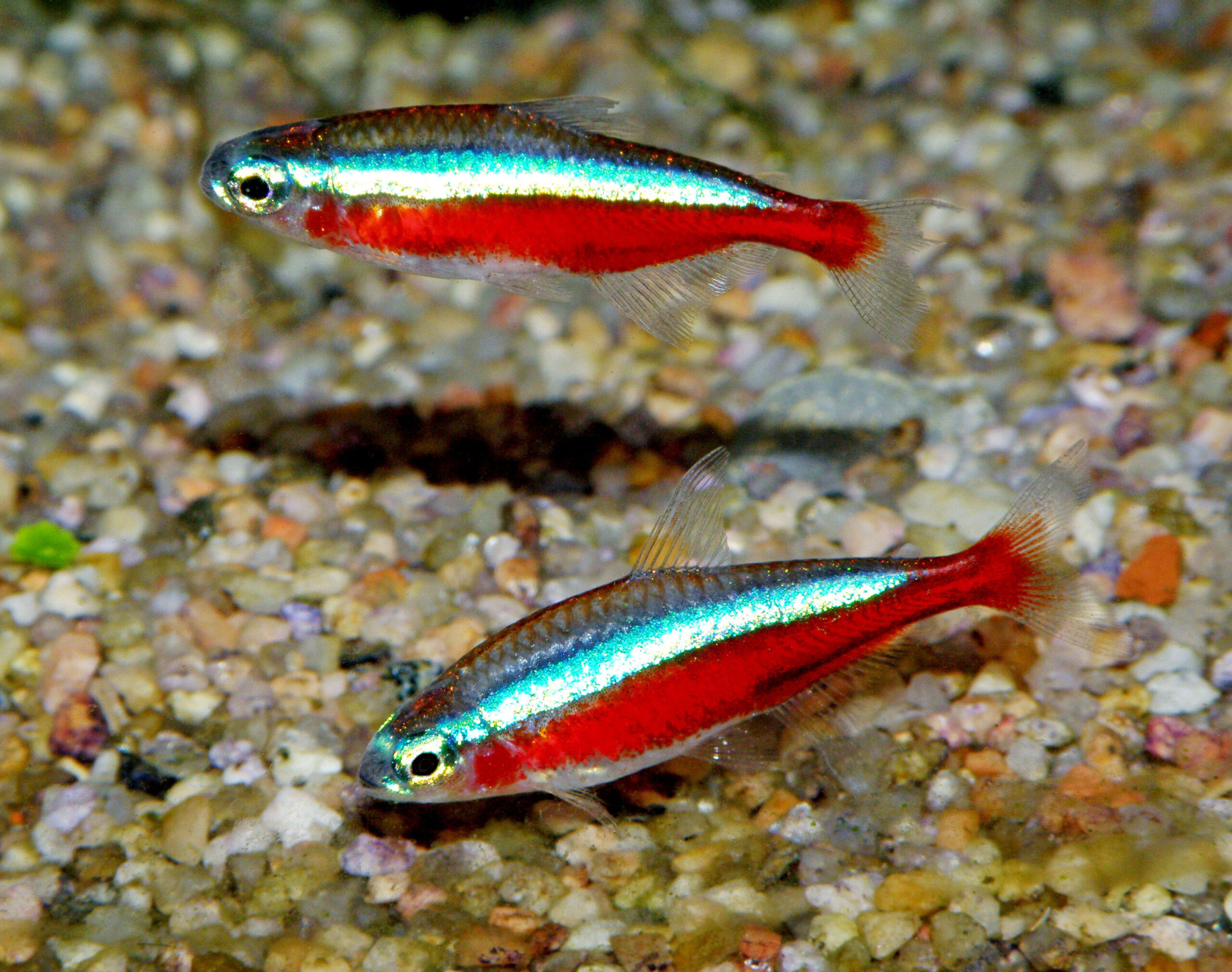
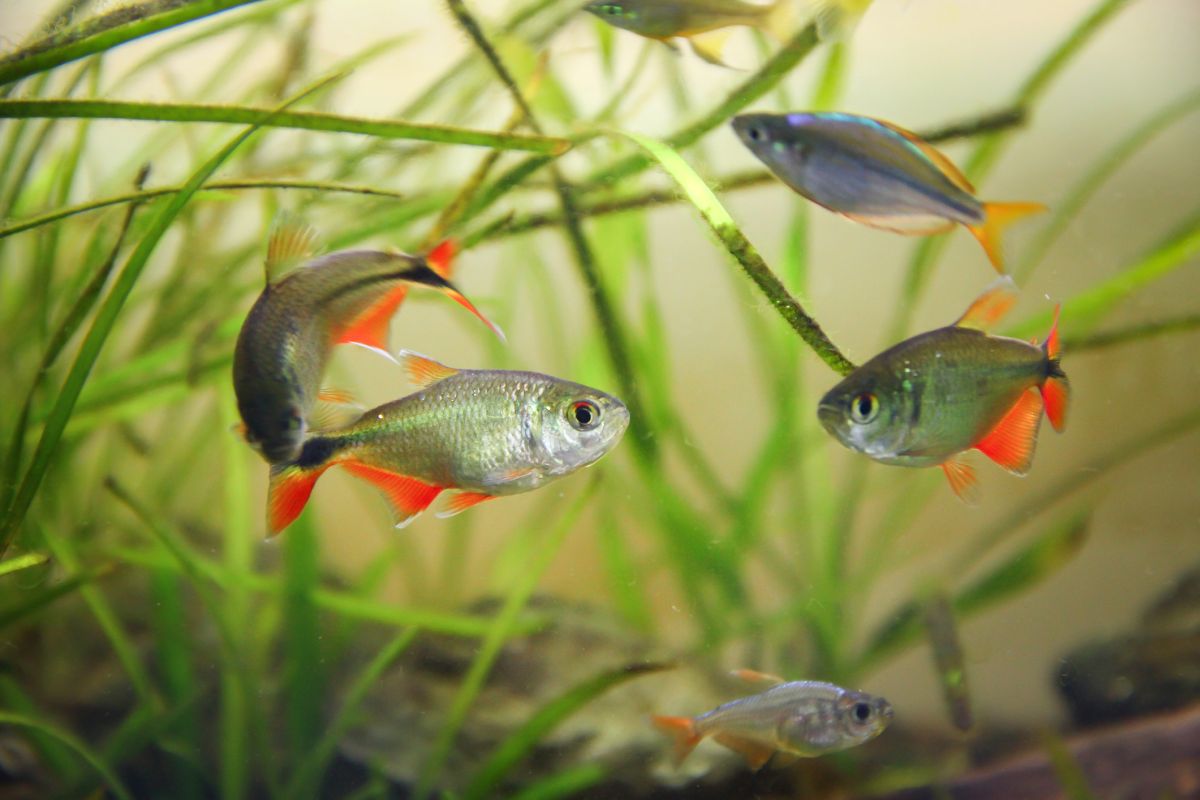
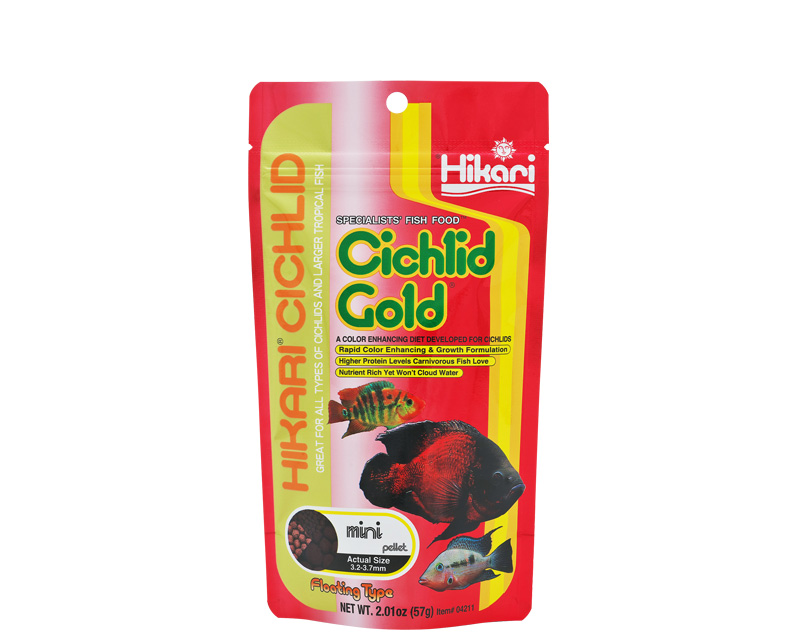
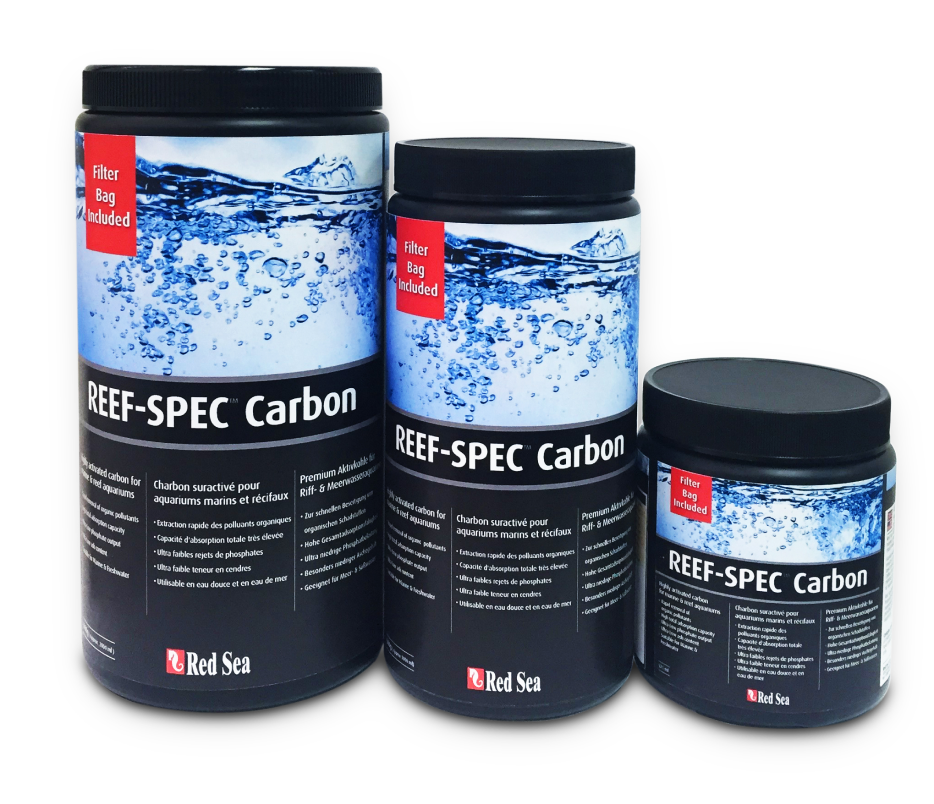

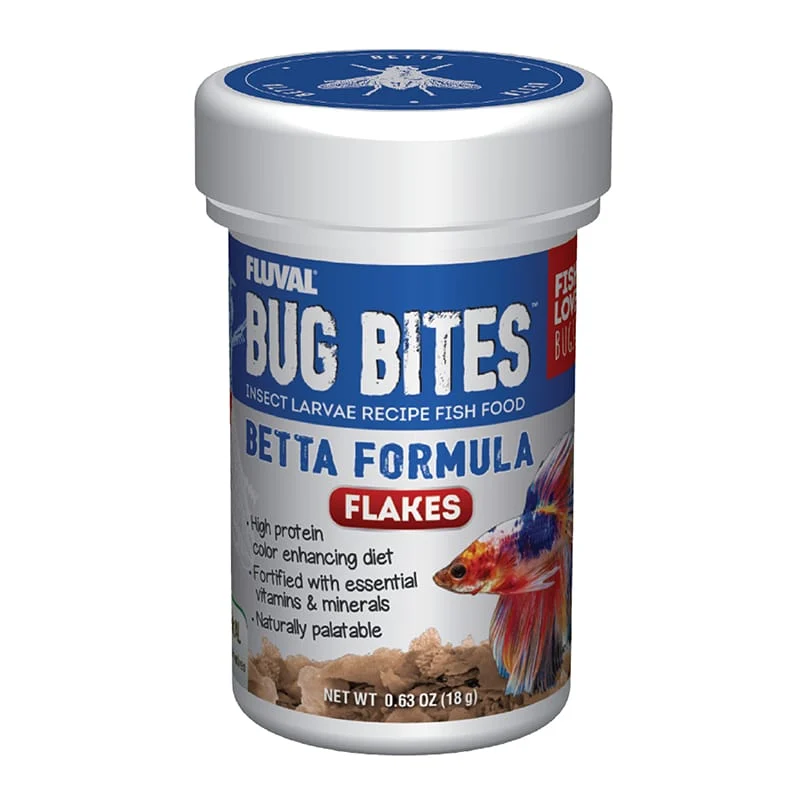
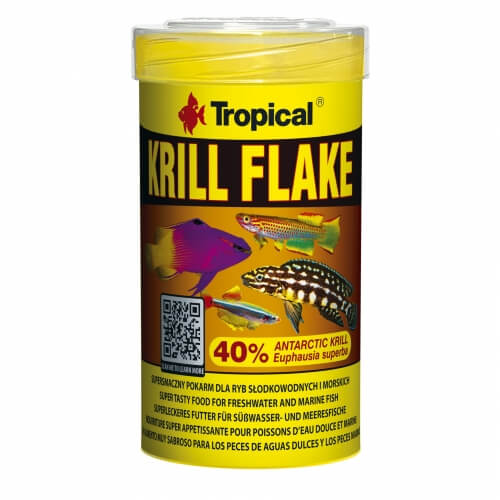

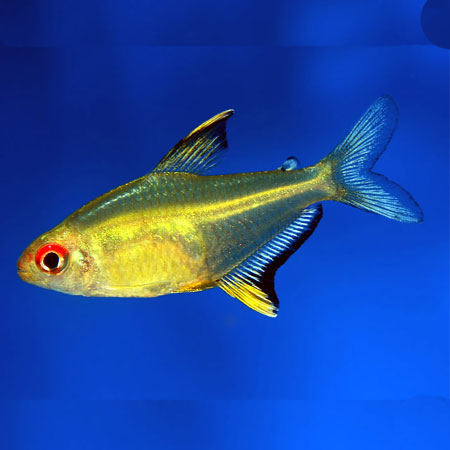
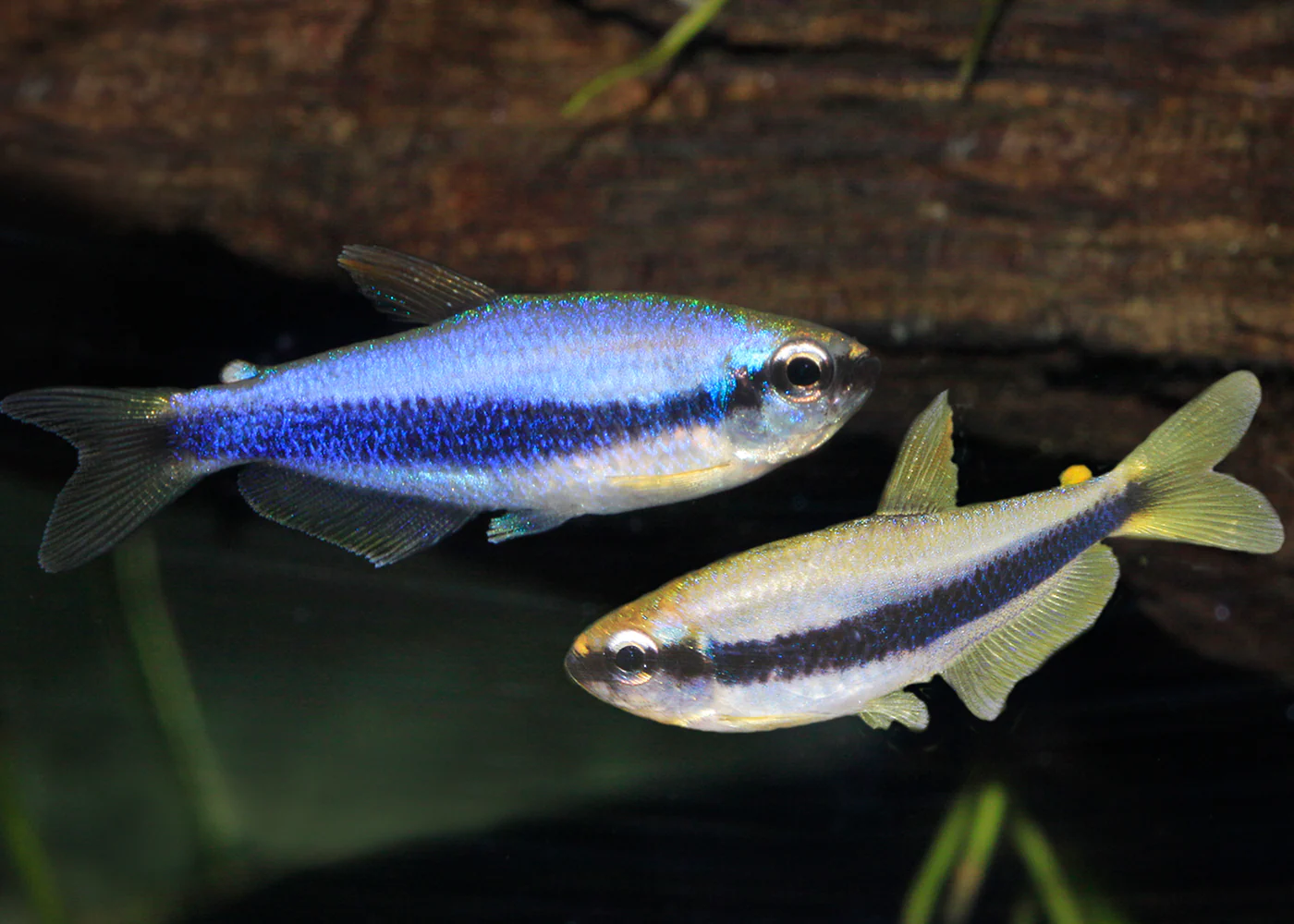
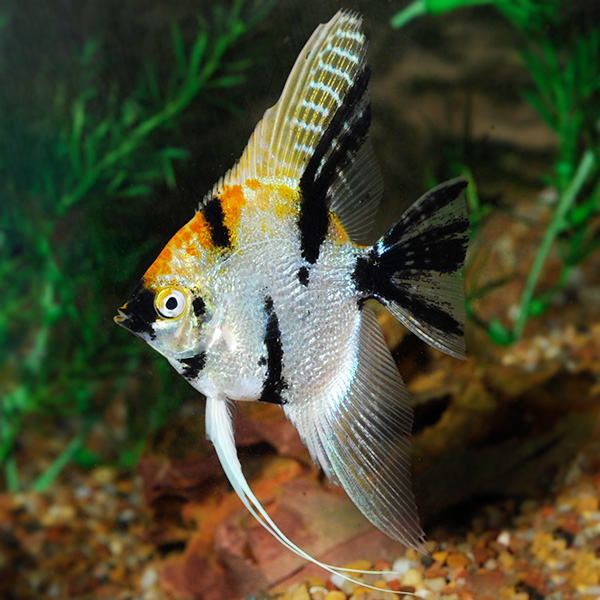
Reviews
There are no reviews yet.